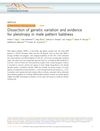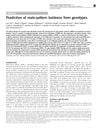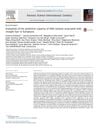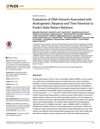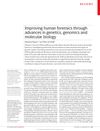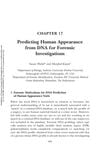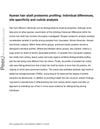Recent Advances in Forensic DNA Phenotyping of Appearance, Ancestry, and Age
April 2023
in “
Forensic Science International Genetics
”
TLDR Forensic DNA Phenotyping can now better predict appearance, ancestry, and age from DNA, but more research is needed for precise police use.
Forensic DNA Phenotyping (FDP) has significantly advanced in predicting a person's appearance, ancestry, and age from crime scene DNA samples. Recent developments include expanded appearance predictions beyond basic traits to include eyebrow color, freckles, hair structure, and hair loss in men. Ancestry inference has improved to detect sub-continental ancestry and co-ancestry patterns in admixed individuals. Age estimation now includes various tissues like saliva and bones. Technological advancements have enhanced DNA analysis capabilities, allowing for the simultaneous examination of numerous DNA predictors using massively parallel sequencing (MPS). Validated MPS-based FDP tools are available for predicting multiple appearance traits, multi-regional ancestry, and age from different tissues. However, achieving the desired detail and accuracy for police investigations requires further research, technical development, and funding.

